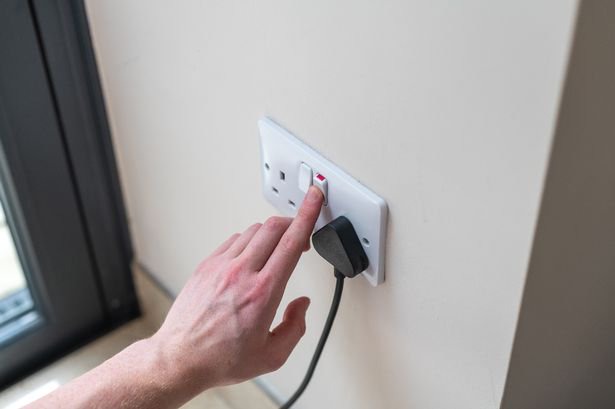
In today’s digital age, smartphones have become an integral part of our lives, holding a vast amount of personal information. However, this convenience comes with a price – the risk of hacking. If you notice unusual behavior on your smartphone, it might be a sign that your device has been compromised. In this article, we’ll explore the signs of a hacked smartphone and provide you with valuable tips to prevent it from happening.
Signs of a Hacked Smartphone
Smartphone hacking is a growing concern, and it’s crucial to recognize the signs of a compromised device. Here are some telltale indications that your smartphone may have been hacked:
1. Unexplained Battery Drain
If your phone’s battery is depleting rapidly, even when you’re not using it heavily, it could be a sign of malicious activity running in the background.
2. Unwanted Apps
Mysterious apps appearing on your device without your consent are a red flag. Hackers often install apps to gain access to your data.
3. Slow Performance
A sudden drop in your phone’s performance, with apps taking longer to load, can be a result of hacking activities.
4. Excessive Data Usage
Hacked smartphones may transmit data to external servers, leading to unusually high data usage. Keep an eye on your data consumption.
5. Unauthorized Access
If you notice unfamiliar logins or activities in your accounts, it’s a clear sign that your smartphone security has been compromised.
6. Unexpected Texts or Calls
Receiving strange text messages or phone calls from unknown numbers may indicate that your phone has been hacked to intercept your communications.
How to Prevent Smartphone Hacking
Now that you’re aware of the signs of a hacked smartphone, let’s explore some effective strategies to prevent your device from falling victim to cybercriminals:
1. Keep Your Software Updated
Regularly update your smartphone’s operating system and apps. These updates often include security patches to protect your device from vulnerabilities.
2. Use Strong, Unique Passwords
Set strong, unique passwords for your device, apps, and accounts. Avoid using easily guessable passwords, such as “123456” or “password.”
3. Enable Two-Factor Authentication (2FA)
Turn on 2FA for your accounts whenever possible. This adds an extra layer of security, making it harder for hackers to gain access.
4. Avoid Suspicious Links and Emails
Be cautious when clicking on links or opening email attachments. Hackers often use phishing emails to trick you into revealing sensitive information.
5. Install Reliable Security Software
Consider installing reputable antivirus and security software on your smartphone. These applications can detect and remove malware.
6. Be Wary of Public Wi-Fi
Avoid using public Wi-Fi networks for sensitive activities, as they can be insecure. If you must use them, use a VPN for added protection.
7. Review App Permissions
Regularly review the permissions granted to apps on your smartphone. Revoke access to any unnecessary functions.
8. Check for Unusual App Activity
Monitor your installed apps for any strange behavior, such as excessive data usage or background processes.
9. Backup Your Data
Regularly back up your smartphone’s data to a secure location. This ensures that you can recover your information in case of a breach.
10. Educate Yourself
Stay informed about the latest cybersecurity threats and best practices for smartphone security. Knowledge is a powerful tool in preventing hacking. Your smartphone is a valuable asset, and protecting it from hackers is essential. By recognizing the signs of a hacked smartphone and following these preventive measures, you can significantly reduce the risk of falling victim to cybercriminals. Stay vigilant, keep your device secure, and enjoy the benefits of modern technology without compromising your personal information.
Source: newstracklive.com




